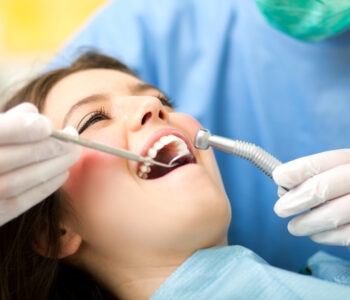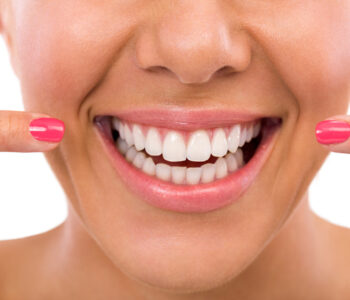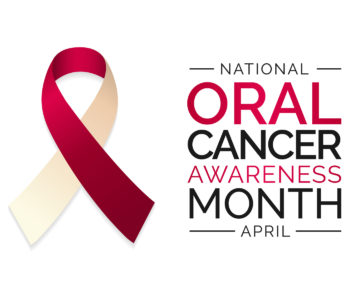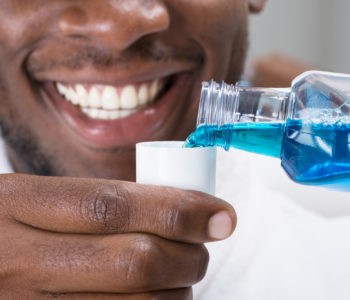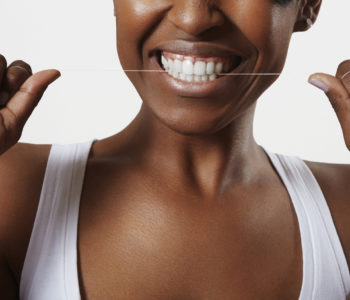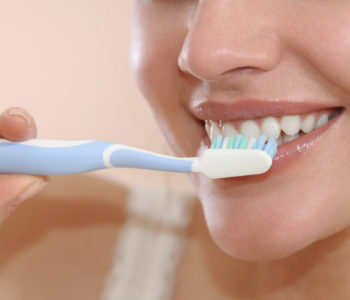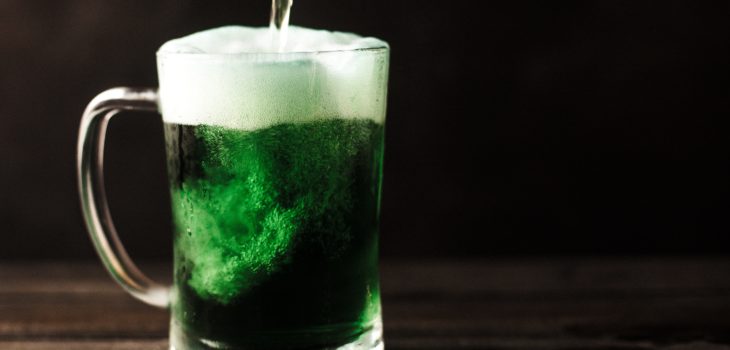 Oral Health
Oral Health
A Toast to Your Oral Health this St. Patrick’s…
Ready to celebrate St. Patrick’s Day?
Before you raise a glass, be sure to check out Crown Dental’s PSA about the effects of alcohol on your oral health. No matter the occasion, our team is always eager for opportunities to educate our clients about how to care for their teeth and enjoy optimal oral health.
Read on to learn about the risks and find out how you can imbibe while still keeping a healthy, white smile. Cheers!
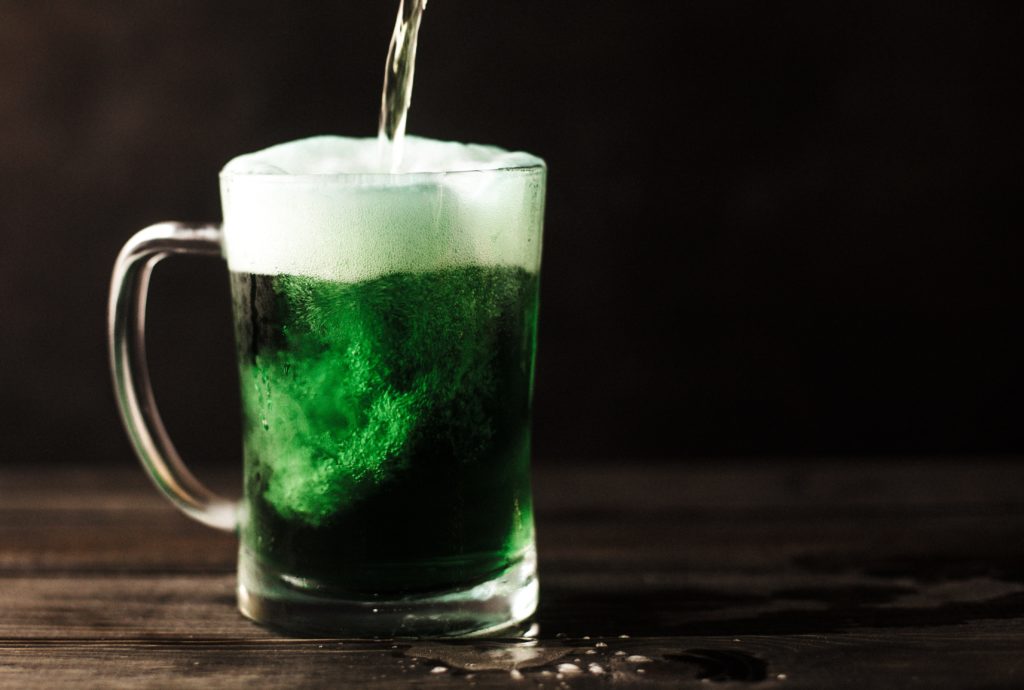
Unlucky Effects of Alcohol on Oral Health
Before we dive into the effects of alcohol on oral health, let’s review some guidelines, established by the Centers for Disease Control and Prevention. According to the CDC, moderate drinking, which can be incorporated into a healthy lifestyle, is defined as one drink per day for women and two daily drinks for men.
The CDC identifies heavy drinking as more than eight drinks per week for women and more than 15 for men.
While St. Patrick’s Day is just one day it can be considered an excuse for anyone to celebrate their Irish heritage, however questionable or non-existent it may actually be. Whether or not you can claim Celtic ancestry is irrelevant on St. Patrick’s Day as 32% of men and 20% of women reported binge drinking in deference to the patron saint who reportedly rid Ireland of snakes.
This kind of heavy drinking, especially if continued over time, takes a toll on your teeth and mouth. In fact, as reported by Healthline, oral health issues simply increase with the number of drinks consumed.
Starting with tooth decay, gum disease, and mouth sores, do you know what the second most common risk factor is for oral cancer?
That’s right — alcohol.
Sustained effects of heavy, and even moderate, alcohol use include the following:
Unsightly Stains
Blame the sugar for these stains, often attributed to red wine or, as Dr. Timothy Chase, DMD, explains, “Aside from the sugar content, dark-colored soft drinks can stain or discolor the teeth.” Of course, St. Patrick’s Day is usually associated with beer drinking… green beer or otherwise.
But, Dr. Joseph Baker, DMD points to properties in beer that are just as likely to stain your teeth: “Beer is acidic just like wine. That makes teeth more likely to be stained by the dark barley and malts found in darker beers.”
Arid Conditions
Alcohol has a drying and dehydrating effect, and the higher the alcohol content the more drying the result. So, that shot of whiskey or gin should be chased immediately with a large glass of water to keep your mouth hydrated and combat the drying effects of alcohol.
Eroded Enamel or Chipped Teeth
You might associate chipped teeth with a barroom brawl, but in this case we’re talking about the effects of ice found in alcoholic drinks. If you have a tendency to crunch on ice, you could risk an unlucky break to your teeth or an eventual erosion of the enamel which both protects your teeth and provides that smooth, healthy shine.
Citrus slices, often found clinging to the rim of drinking glasses before dropped or squeezed into a beverage, can also weaken enamel and are identified by the American Dental Association as one of the top foods that can damage your teeth over time.
Our patients know we like to have a good time and certainly would never rain on anyone’s parade when it comes to celebrating fun occasions like St. Patrick’s Day. Be sure to stay hydrated, and don’t skip the brushing and flossing routine after the festivities.
If it’s been a while since your last cleaning, or if all this talk of stains has you considering a whitening treatment, contact the office to book your next appointment or consultation.
From our Crown Dental team, stay safe and have fun this St. Patrick’s Day.
Sláinte!

